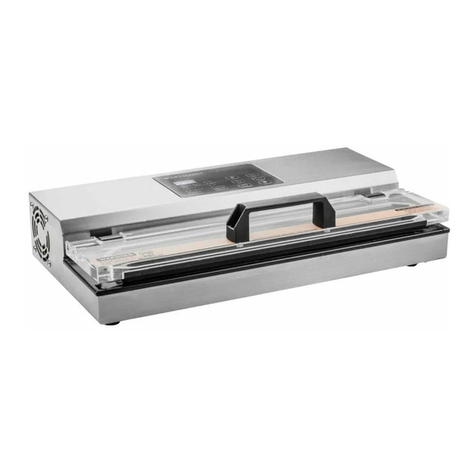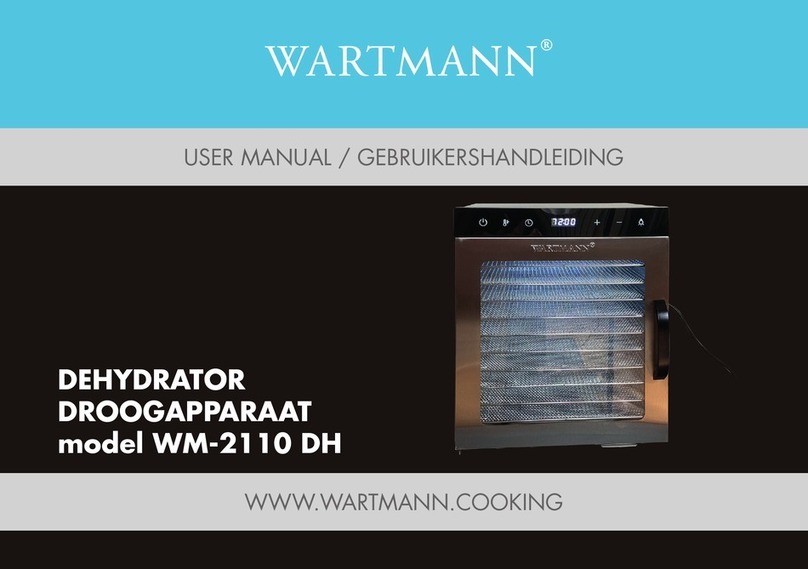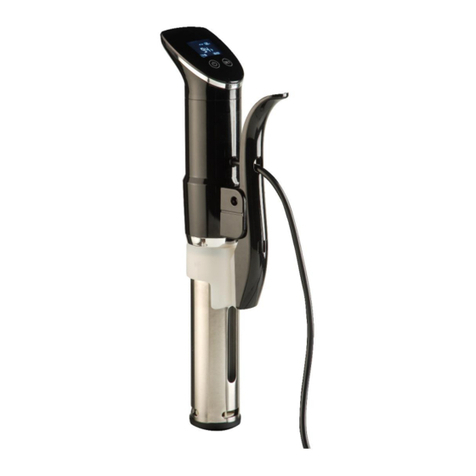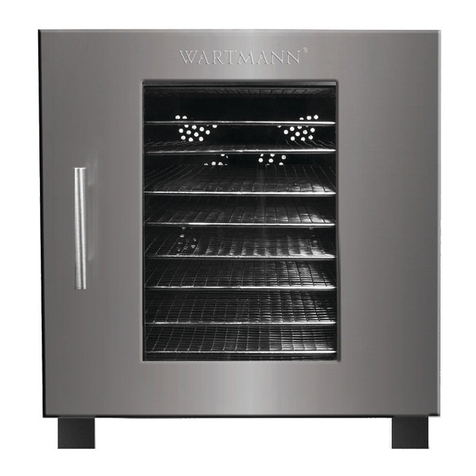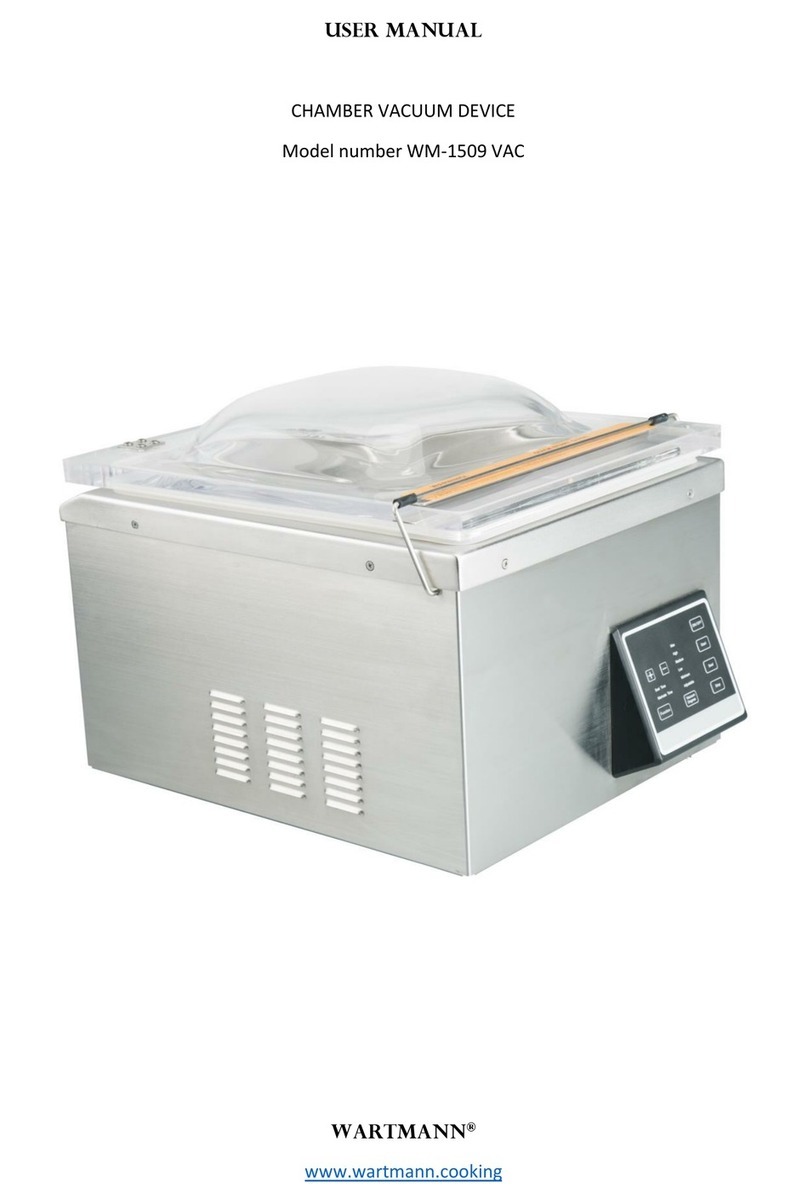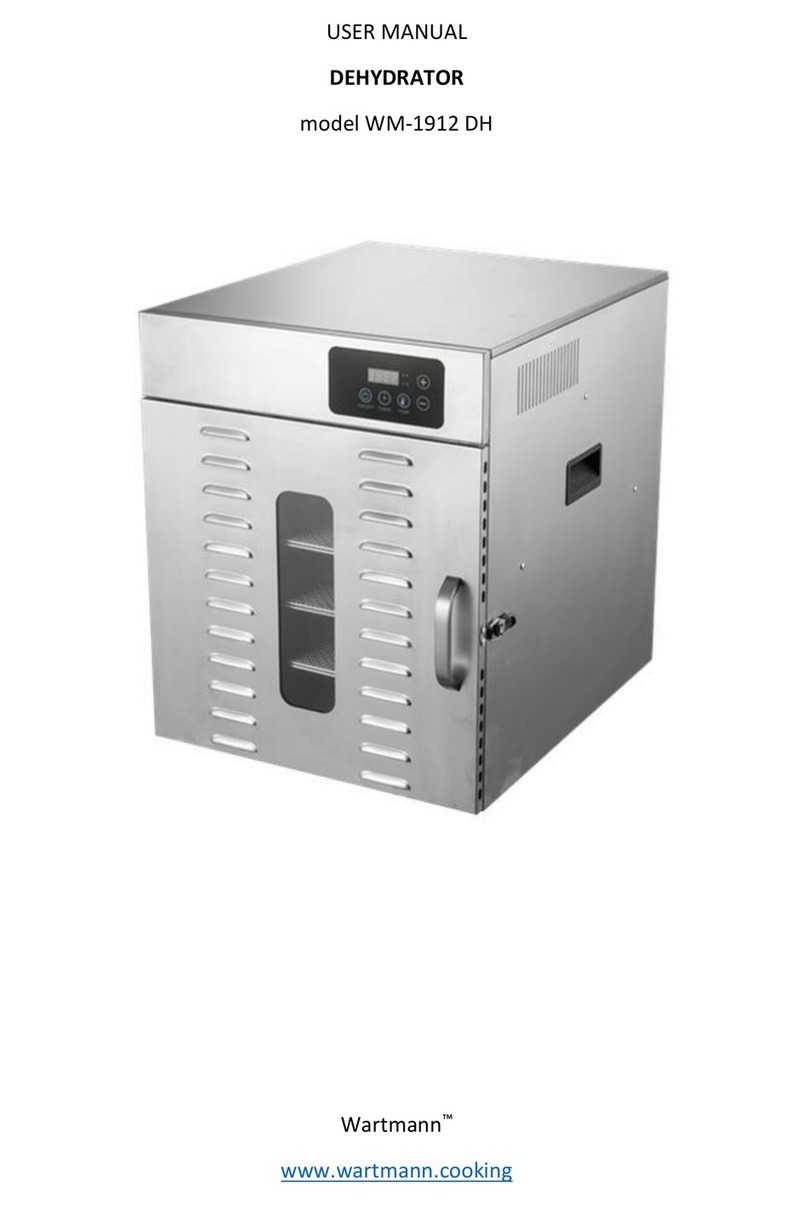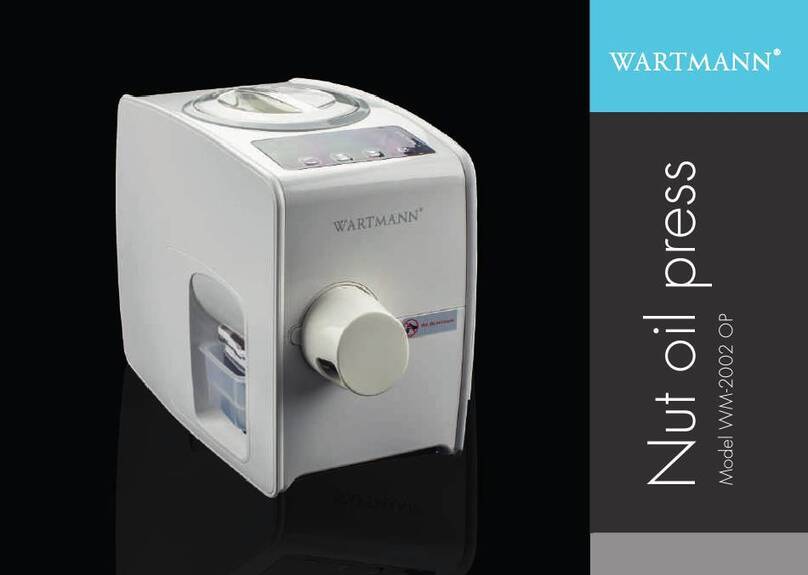CONTENTS
WELCOME ............................................................................................................................................................... 3
Congratulations on your purchase ..................................................................................................................... 3
An excellent choice............................................................................................................................................. 3
IMPORTANT ............................................................................................................................................................ 4
Only suitable for domestic use ........................................................................................................................... 4
Check electrical connections .............................................................................................................................. 4
Avoid contact with water ................................................................................................................................... 4
Contains heating elements ................................................................................................................................. 4
Use original accessories...................................................................................................................................... 4
FOOD PREPARATION ................................................................................................................................................ 5
Food safety ......................................................................................................................................................... 5
Food selection..................................................................................................................................................... 5
Food preparation ................................................................................................................................................ 5
Dehydration temperatures ................................................................................................................................. 5
Food Storage....................................................................................................................................................... 5
OVERVIEW OF THE DEHYDRATOR........................................................................................................................... 1
PREPARING FOR FIRST USE ..................................................................................................................................... 2
Unpack the dehydrator....................................................................................................................................... 2
Place the trays .................................................................................................................................................... 2
Connect the power cable.................................................................................................................................... 2
Switch the dehydrator on ................................................................................................................................... 2
USING THE DEHYDRATOR ....................................................................................................................................... 3
Fill the trays ........................................................................................................................................................ 3
Set the temperature ........................................................................................................................................... 3
Set the time ........................................................................................................................................................ 3
Start the dehydrator ........................................................................................................................................... 3
Take out your food ............................................................................................................................................. 3
Interrupt a dehydration...................................................................................................................................... 3
AFTER USE ............................................................................................................................................................... 4
Power Off............................................................................................................................................................ 4
Cleaning .............................................................................................................................................................. 4
Storing................................................................................................................................................................. 4
Maintenance....................................................................................................................................................... 4
RECYCLING THE DEHYDRATOR ................................................................................................................................ 5
APPENDIX: TROUBLESHOOTING ............................................................................................................................... 6

